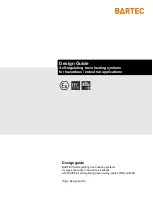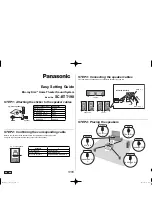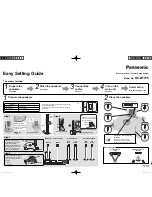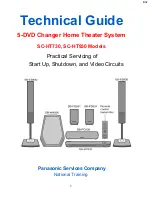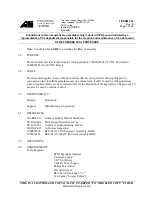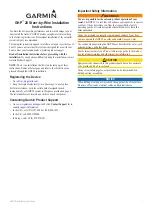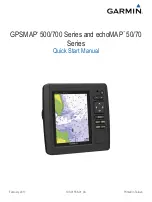
Crestron
Surround Sound
Primer
Glossary
D
A
dB (Decibel)
Acoustic
Volume is measured in units called decibels
(dB). A three-decibel (3 dB) change in sound
pressure or volume is perceptible to human
hearing. A 10 dB change doubles the sound
pressure level.
The physical transfer of energy from a
vibrating object to the surrounding medium
(acoustic radiation) and the physical transfer
of acoustic energy in a medium (sound
propagation).
Dipole Speakers
Ambience
Speakers sometimes used for surround
channels to provide diffusion of sound. The
speakers have two or more drivers, pointing
in opposite directions or away from the
listening position.
The background-sound quality of a listening
room, surround processor, and/or recording.
The ambience of a recording is what gives it
space and a sense of realism.
Direct Stream Digital (DSD)
B
The modulation coding method used in the
Super Audio Compact Disc (SACD) format.
Bandwidth
Bandwidth is the difference between the
upper and the lower cutoff frequencies. (An
equalizer with cutoff frequencies of 200 and
2000 Hz has a bandwidth of 1,800 Hz.)
DTS
A digital coding method used by Coherent
Acoustics.
Bipole Speakers
F
Speakers sometimes used for surround
channels to provide diffusion of sound. The
speakers have two or more drivers, pointing
in opposite directions or away from the
listening position.
Fast-Fourier Transform (FFT)
Any complex sinusoidal wave signal (like an
audio signal) can be mathematically
represented. Some manufacturers have
developed products using several FFT
processes.
C
Codec (coder/decoder)
H
A pair of processing elements that code a
signal prior to storage or transmission and
then correspondingly decode the signal.
Haas (or precedence) effect
A psychoacoustic phenomenon in which the
ear localizes sound based on the direction of
the first arriving sound.
Crossover
The crossover splits up the frequency
spectrum into pieces, which are then
delivered to various speaker drivers. A
crossover is required because one speaker
driver cannot efficiently handle the full
spectrum of sound. For Example: A two-way
crossover splits the frequency spectrum into
two frequency bands. The first from 20 Hz to
2 kHz and the second from 2 kHz to 20 kHz.
The woofer reproduces the section from 20
Hz to 2 kHz and the tweeter takes over above
2 kHz. Two types of crossovers are active
and passive. Active crossovers are adjustable
and require a power source. Passive
crossovers are not adjustable and do not
require power to operate.
Harmonic Distortion
The most common form of audio distortion,
it shows up as additional unwanted signals at
multiples of the original frequency.
Thus, a l kHz tone may have second-order
harmonic distortion at 2 kHz, third-order at 3
kHz, etc. These can continue upward to
beyond the seventh or eighth order. The
percentage total of all these measurements is
called total harmonic distortion (THD) and is
commonly used in audio test reports.
However, different components generate
different ratios of odd and even orders,
making some sound better than others, even
though their THD measurements might be
the same.
Primer – DOC. 6122
Surround Sound
•
37






















